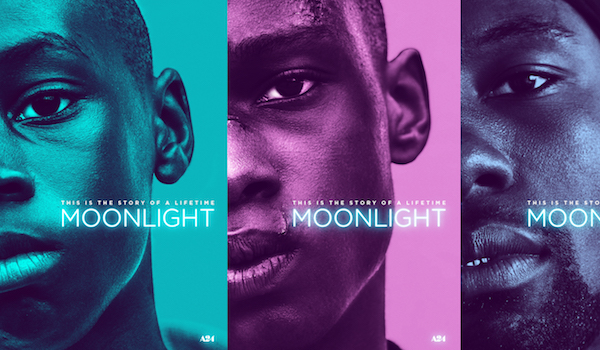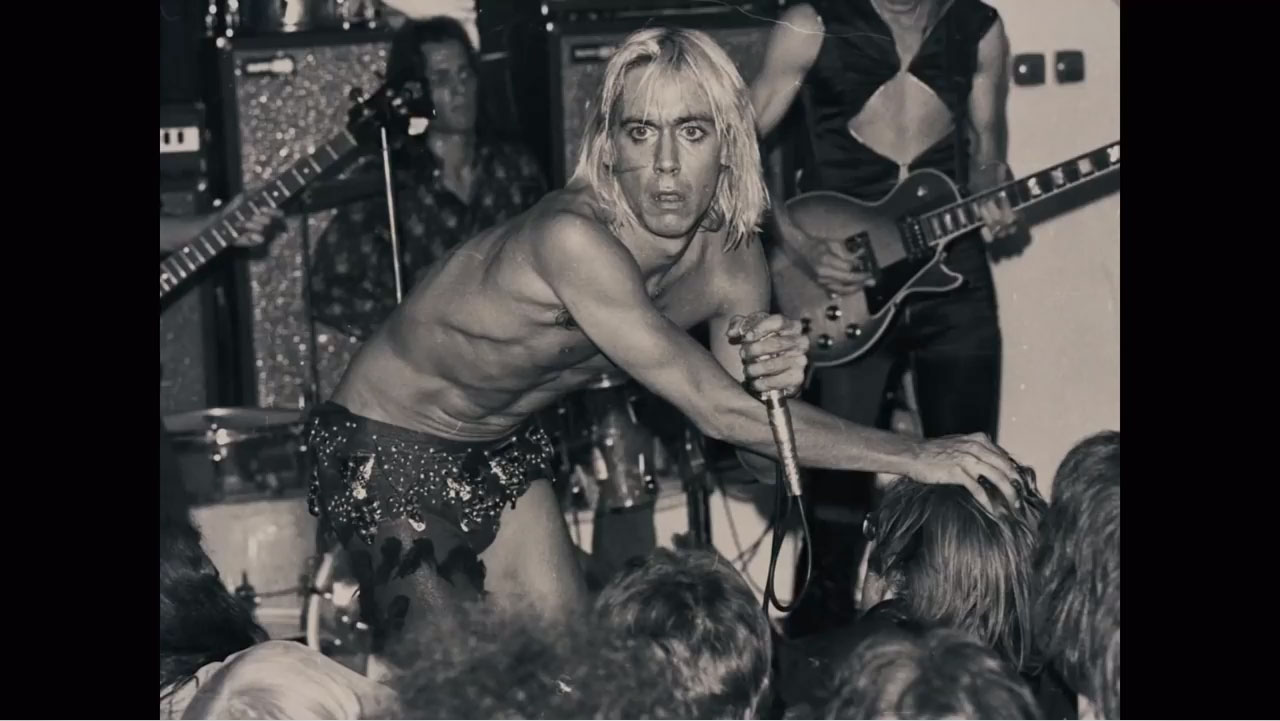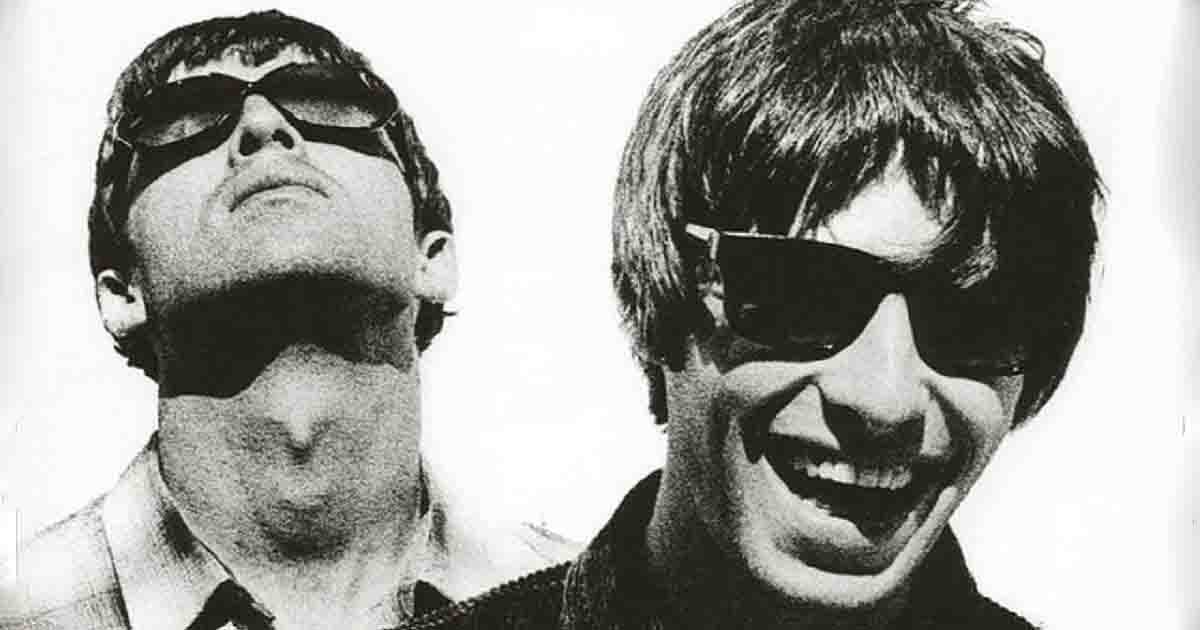The Edge of Seventeen
by George Wolf
Even if you had a good time in high school, let’s be honest. Would you really want to go back?
Doubtful. And The Edge of Seventeen is another reminder that one time through a battlefield littered with drama, hormones, benzoyl peroxide and general awkwardness is plenty, thanks.
Oregon teen Nadine (Hailee Steinfeld) is navigating that struggle with a standard mix of panic and self-absorption. She feels like a social outcast, is convinced she’s an old soul, resents the golden boy status of her older brother Darian (Blake Jenner) and has one real friend in Krista (Haley Lu Richardson). Just as Nadine is plotting a strategy to catch the eye of her crush Nick (Alexander Calvert), she catches Krista and Darian canoodling, and dramatically issues the “him or me!” ultimatum.
It doesn’t go well.
In her debut as writer/director, Kelly Fremon Craig crafts a “Nora Ephron for teens” type of vibe, and buoys Steinfeld’s terrific lead performance with just enough refreshing frankness to offset the standard teen cliches.
We get voiceover narration, forced quirkiness and the nice boy who waits while Nadine chases the bad boy, but we also get commitments to a layered main character and complicated relationships. Nadine doesn’t give us many reasons to like her, and though you know this is going to change, her journey to the edge of maturity feels more real than most.
Her theatrics are undercut by the amusing reactions of Mr. Bruner (Woody Harrelson), a history teacher who’s seen way too much of her kind and is more concerned about Nadine’s run-on sentences than her latest social suicide. After dismissing Bruner as an out of touch fogey, Nadine’s peek inside his home life is an effectively subtle wake up.
Even better, Fremon Craig uses the friction between Nadine and Krista as a nice metaphor for leaving childhood things behind and moving on.
The Edge of Seventeen is not without its own growing pains, but much like Nadine, it accumulates enough moments of depth for a well-earned resonance.









